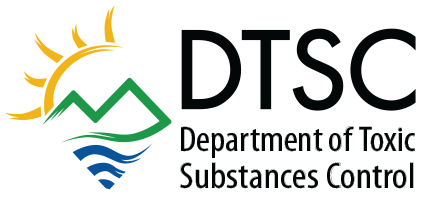News Release
T – 14 – 21
Meredith Williams, Director
FOR IMMEDIATE RELEASE
June 24, 2021
Contact: Sanford (Sandy) Nax
(916) 416-4309
Sanford.Nax@dtsc.ca.gov
California Officials Are Concerned About Health Impacts from Toxic Chemicals in Hair Straightening Products
Experts present insight at virtual fact-gathering workshop ahead of potential regulation, invite public comment
SACRAMENTO – California could be among the first states to regulate harmful chemicals in hair straightening products used by millions of people, many of them women of color.
There is evidence that some chemicals in hair straightening products may be harmful and could pose a risk to consumers and salon workers. As an example, this study cited at the workshop detected 35 endocrine-disrupting or asthma-associated chemicals in the components of three hair straightener kits.
The Department of Toxic Substances Control’s (DTSC) Safer Consumer Products Program is charged with accelerating the quest for the use of safer chemicals in consumer products. To do this, the program requires manufacturers of products that contain chemicals which cause or contribute to adverse human health or environmental impacts to find safer alternatives by using safer chemicals or minimizing exposures. Ahead of a final decision to regulate chemicals in hair straighteners, the program held a virtual workshop on Wednesday and Thursday to learn more from industry experts, researchers, advocacy groups, and academia through presentations and panel discussions.
At the workshop, DTSC scientists detailed their research in this area, including findings summarized in a technical document. Many of the presentations focused on potential health impacts on women of African descent who face a higher risk because they tend to use these products more often and often start at a younger age.
When children are exposed to potentially dangerous chemicals, it can present serious complications to their development, such as puberty and reproduction, said DTSC Senior Environmental Scientist Michelle Romero-Fishback. “Continuous application of these products may also damage the scalp, which could make it more susceptible to skin conditions,” she said.
Several outside scientists and experts provided input and presented information. Those included: Janette Robinson Flint, executive director of Black Women for Wellness; Robin Dodson, research scientist at Silent Spring Institute; and Lesliam Quiros-Alcala, assistant professor at Johns Hopkins University. Their presentations highlighted potential health impacts of chemicals in hair products used by Black women and occupational exposures among hairdressers of color.
DTSC Public Participation Specialist Michelle Banks-Ordone provided context to the two-day discussions by presenting the social, historical, and cultural significance of hair. “It is viewed as a personal and public reflection of our identity,” she said.
Banks-Ordone explained that individuals may feel social and economic pressure to change their hair. Research in advance of the CROWN (Creating a Respectful and Open World for Natural Hair) Act showed that Black women are 80 percent more likely than white women to change their hair from its natural state to fit in at the office.
Individuals who are interested in providing information or commentary on the chemicals in hair straightening products proposal may do so until July 9. To view documents and submit comments, please visit the CalSAFER website.
In the coming weeks, DTSC will continue its research, summarize findings in a product profile, and identify specific products for possible regulation. Those who would like to receive updates on this initiative can sign up here.
# # #
FOR GENERAL INQUIRIES: Contact the Department of Toxic Substances Control to report illegal handling, discharge, or disposal of hazardous waste or other environmental concerns at Calepa.my.salesforce-sites.com/complaints/Complaint.
DTSC’s Mission is to protect California’s people, communities, and environment from toxic substances, to enhance economic vitality by restoring contaminated land, and to compel manufacturers to make safer consumer products.

